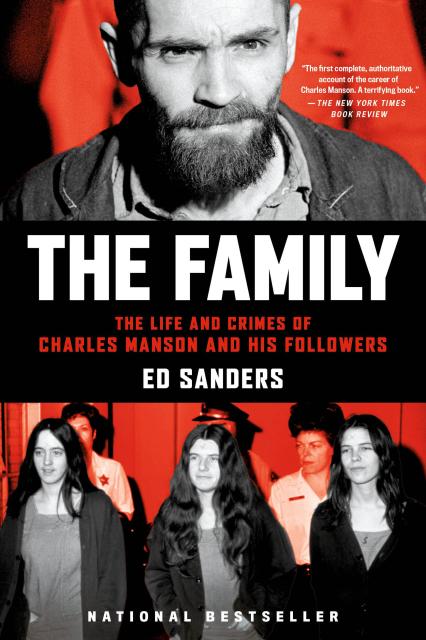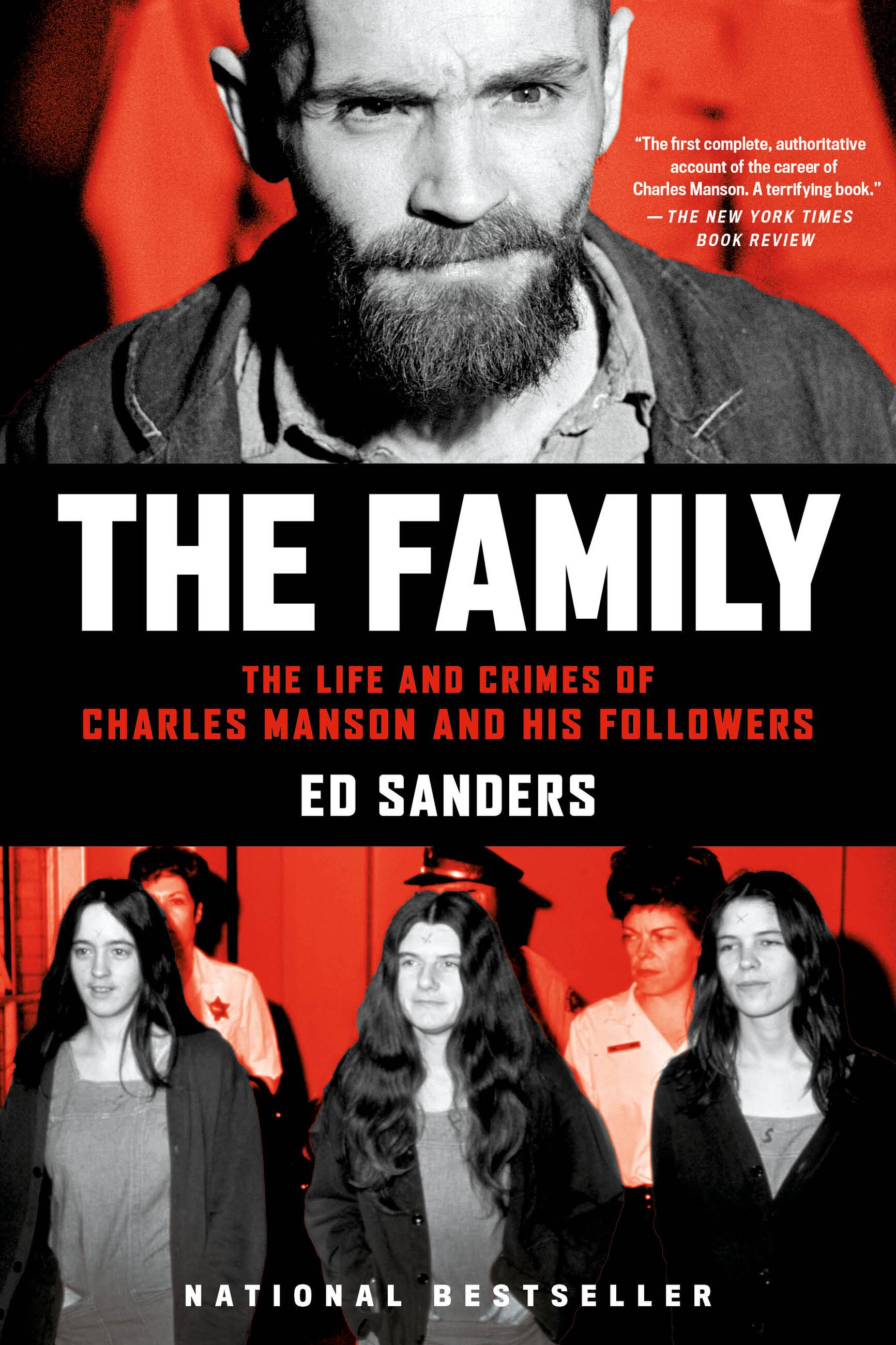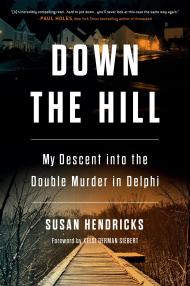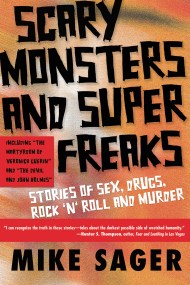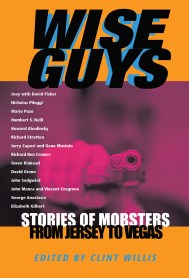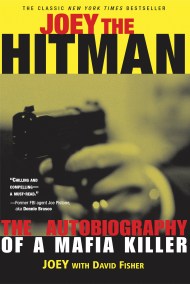Promotion
Use code MOM24 for 20% off site wide + free shipping over $45
The Family
Contributors
By Ed Sanders
Formats and Prices
Price
$21.99Price
$27.99 CADFormat
Format:
- Trade Paperback $21.99 $27.99 CAD
- ebook $13.99 $17.99 CAD
- Audiobook Download (Unabridged) $44.99
This item is a preorder. Your payment method will be charged immediately, and the product is expected to ship on or around November 8, 2002. This date is subject to change due to shipping delays beyond our control.
Also available from:
In August of 1969, during two bloody evenings of paranoid, psychedelic savagery, Charles Manson and his dystopic communal family helped to wreck the dreams of the Love Generation. At least nine people were murdered, among them Sharon Tate, the young, beautiful, pregnant, actress and wife of Roman Polanski.
Ed Sanders’s unnerving and detailed look at the horror dealt by Manson and his followers is a classic of the true-crime genre. The Family was originally published in 1971 and remains the most meticulously researched account of the most notorious murders of the 1960s.
<
Using firsthand accounts from some of the family’s infamous members, including the wizard himself, Sanders examines not only the origins and legacy of Manson and his family, but also the mysteries that persist. Completely revised and updated, this edition features 25 harrowing black-and-white photos from the investigation.
“One of the best-researched, best-written, thoroughly-constructed, and eminently significant books of our times. . . . A masterpiece.” — Boston Phoenix
Genre:
- On Sale
- Nov 8, 2002
- Page Count
- 560 pages
- Publisher
- Da Capo Press
- ISBN-13
- 9781560253969
Newsletter Signup
By clicking ‘Sign Up,’ I acknowledge that I have read and agree to Hachette Book Group’s Privacy Policy and Terms of Use
